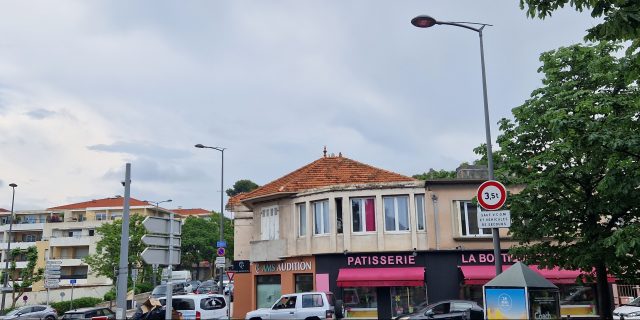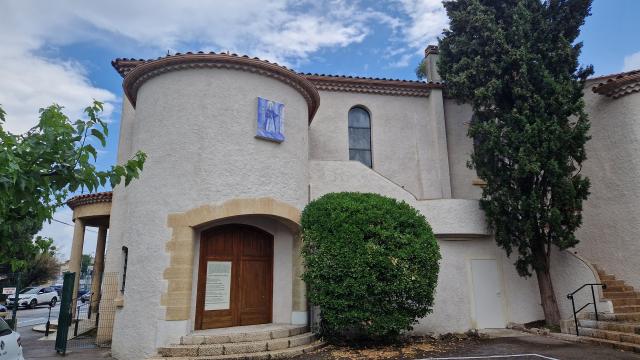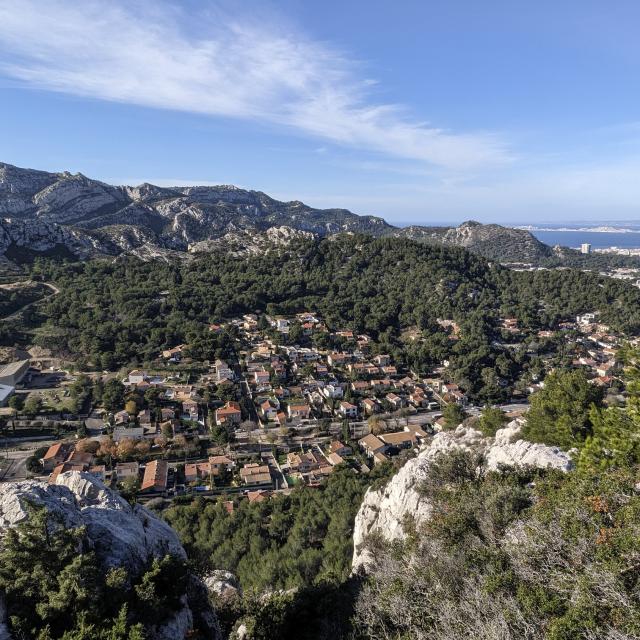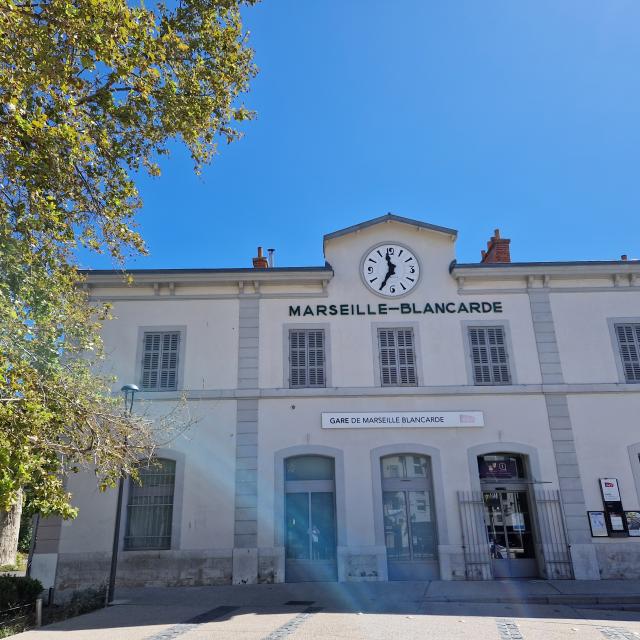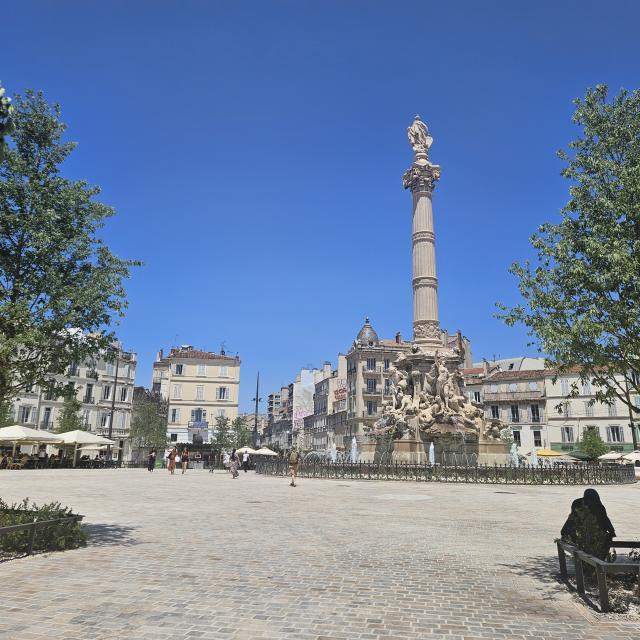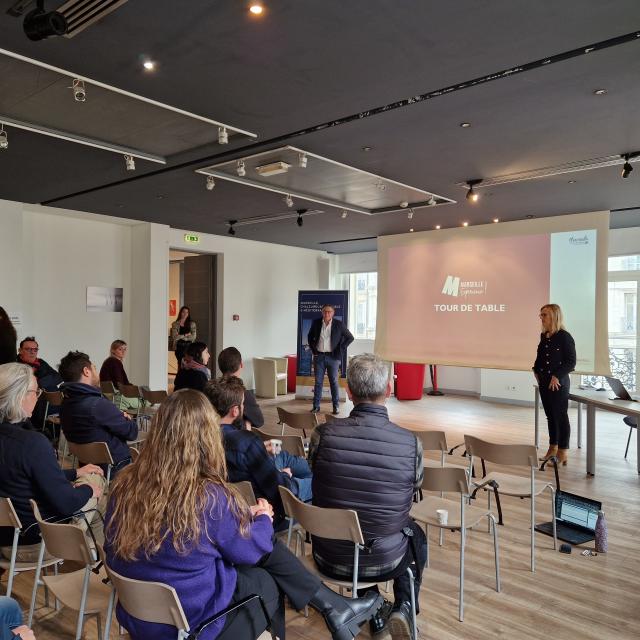A neighborhood next to Allauch
Located on the city’s eastern edge, the Trois-Lucs neighborhood belongs to Marseille’s 12th borough. It is surrounded by the districts of Caillols, Olives, Valentine and the commune of Allauch. It lies at the eastern end of the Beaumont plateau linking the city of Marseille to the Garlaban massif. The Trois-Lucs crossroads represents a historic crossing point occupying a pass between the vallée du Jarret, to the north, and the vallée de l’Huveaune, to the south. The pétanque court adjoining the crossroads is one of the neighborhood’s most typical landmarks.
The neighborhood’s name has evolved over the centuries: Tras Lucs, Tres Lus, Treillux… Its meaning also varies. For Alfred Saurel, a French writer and historian, they were three sources of light at the heart of the surveillance posts that encircled the city of Marseille. The creators of the stained glass windows in Sainte-Rita church also retained this interpretation. For Père Soragi, the word trelus means “orient” in the sense of radiance, but can also evoke the rise of the sun, addressed in the pastoral Maurel. According to Albert Dauzat, a French linguist, the origin of the popular toponym Luc has its roots in the Latin, lucus, meaning a wooded place. The Trois-Lucs district is indeed surrounded by many forests.
Since 1914, a tramway line has served Les Trois-Lucs in Marseille, a neighborhood then renowned for its guinguettes, dance halls and bowls games , which attract crowds of city dwellers mainly at weekends. The grottes Monnard, discovered in 1848, provided the water supply until 1970 for the Brasserie Phénix (now Heineken Group). The brewer still owns the property today, despite an attempt by the mayor’s office in 1993 to transfer the caves to the public domain. To the south of the district is la Commanderie, the training center of Olympique de Marseille, the city’s iconic soccer club.
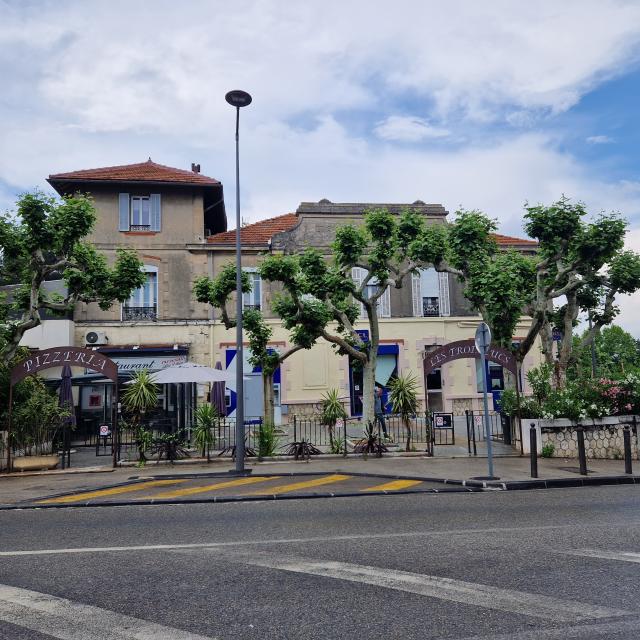 Les 3 Lucs - Neighborhood © WG OTLCM (2)
Les 3 Lucs - Neighborhood © WG OTLCM (2)